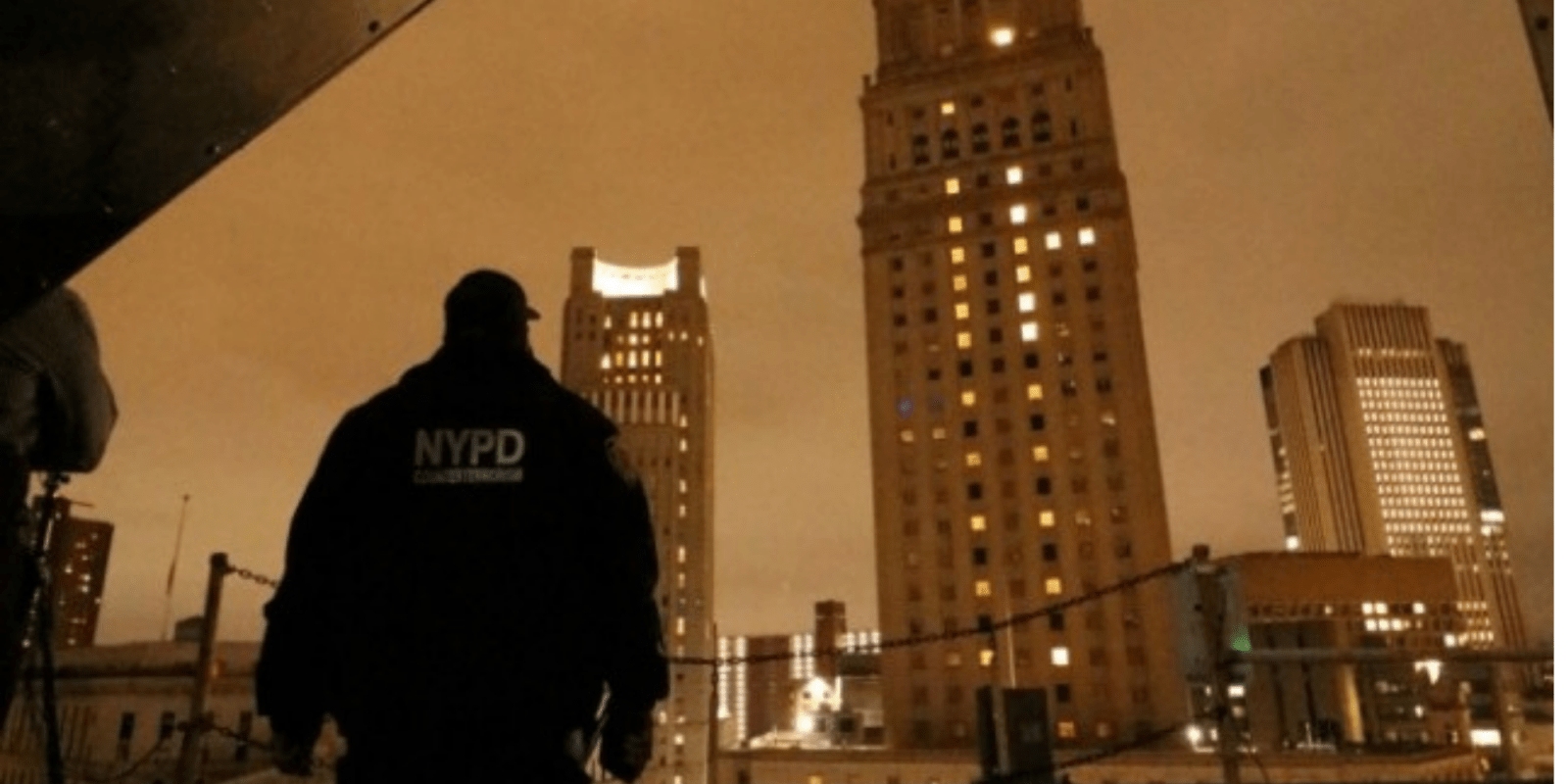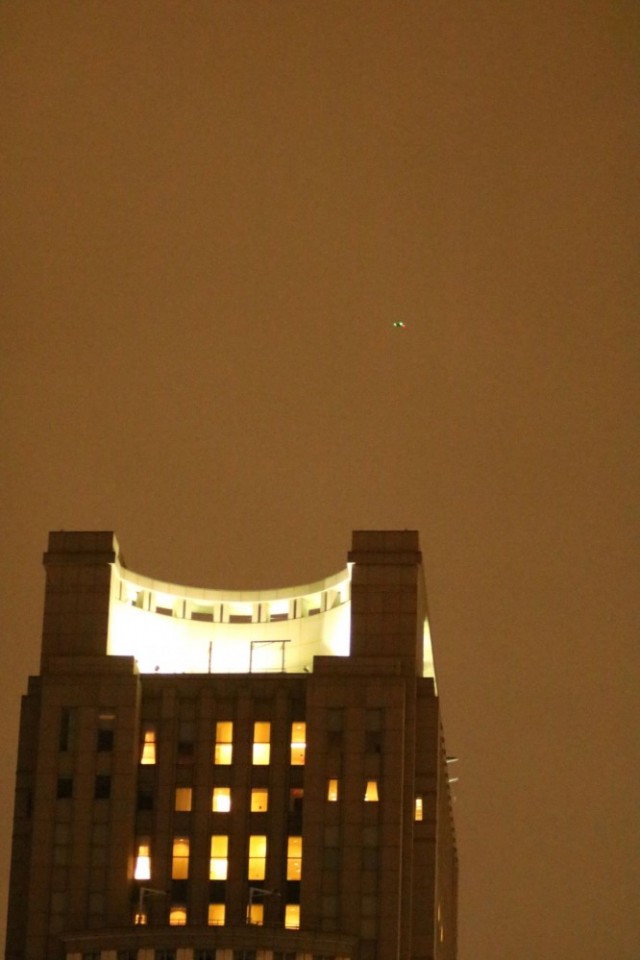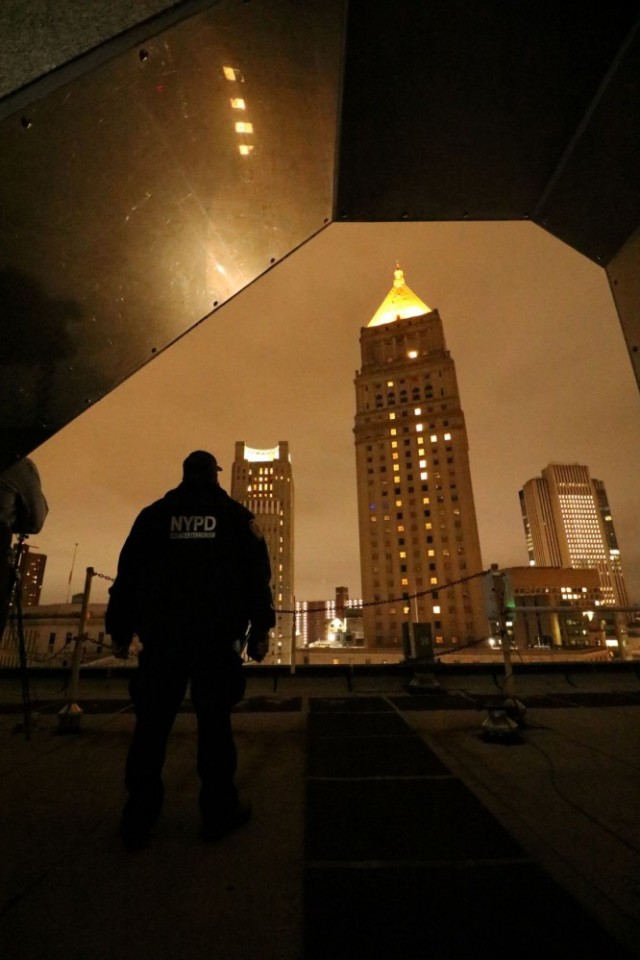
The ability to detect drones is important. And, over the course of two nights last fall, a division of the NYPD carried out an ambitious exercise designed to test multiple drone detection technologies.
We like to think all drone operators are responsible, but we know that’s not the case. We’ve all seen stories about drones delivering contraband to prisons, flying where they shouldn’t, and even disrupting major sporting events. So there are plenty of good (and bad) reasons why police in a major city might want to ensure they have the ability to quicky and accurately detect drones.
That’s precisely what this exercise was about.
Police fly 49 drone missions over two nights
An article published by the US Military reveals details around this fairly ambitious project. Over two nights, October 24 and 25, the New York City Police Department’s Technical Assistance Response Unit carried out scores of different drone flights. Some of these missions involved single drones, while others involved multiple units in the air at the same time. The tests took place near Manhattan’s Foley Square.
The goal? To test a variety of detection methods against the kind of drone flights one might encounter in a dense urban environment.

The drones flew multiple types of flights
The police tried to emulate flights that might be encountered in the real word. Some were slow and high, others fast and low. There were even segments of the experiment where multiple drones were flown simultaneously. Monitoring from nearby rooftops and vehicles were dozens of people, peering through the darkness at monitors.
The US Army Futures Command Subterranean Dense Urban Community of Practice, in partnership with the New York Police Department Counter Terrorism Division, carried out the experiment. Radar and signal detection, along with other drone detection technologies, were deployed.
Multiple agencies involved…
The army’s story says, “Five different sensor systems were tested at the experiment with coordination from U.S. government organizations, including the U.S. Army Combat Capabilities Development Command’s (DEVCOM) Armaments Center, C5ISR Center, the Defense Innovation Unit and the Defense Threat Reduction Agency.”

And the location of the trials? Perfect:
This is probably the most complex and interesting environment for a test place anywhere in the world. One of the lessons learned I’ve had over the years being here in the city is that you’d have a vendor bring a product into the city that worked perfectly in a pristine environment. (But) New York City: You have buildings that are steel, glass a thousand feet high … eight and one-half million people with cell phones putting on TVs, having radios, and all those RF signals are going through the air creating a complicated environment. Now, if you have that one technology that worked without any interference? Here, that system no longer performs as well.
Art Mogil, innovation officer for the U.S. Army Futures Command’s 75th Innovation Command
The purpose of it all?
Vendors of various technologies brought their solutions to the table. But the story says the purpose was not for them to pass or fail. Rather, the hope was that everyone would learn from the complexities of trying to detect drones in this environment.
Although the story doesn’t identify the specific drones that were used in the trials, it does say there were 40 different types of drones involved – including a home-built, hobbyist-style drone.
You can find the original story here.
FTC: We use income earning auto affiliate links. More.





Comments